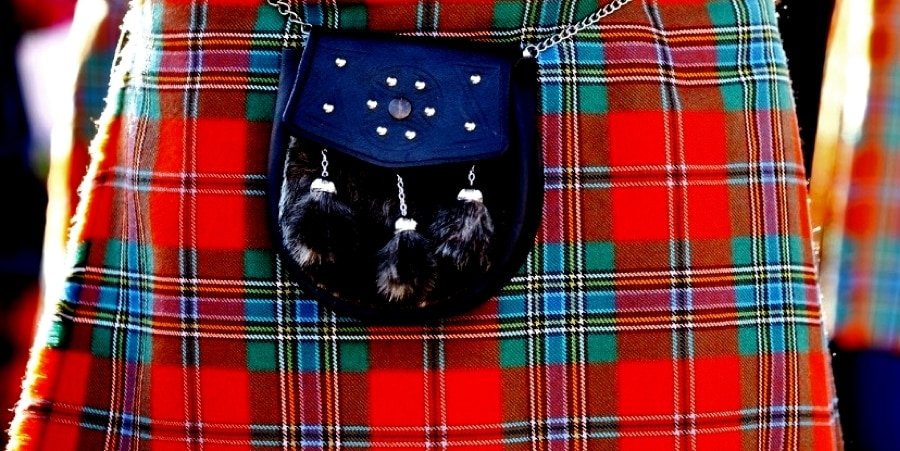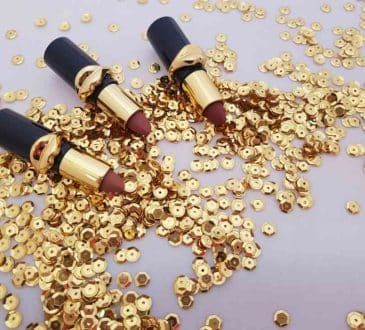5 Things About The Famous Scottish Kilts You Should Know

There are many traditional garments in the world which have become nearly ubiquitously known today. One such garment is the tartan-made Scottish kilts which are known for their distinctive patterns of plaid. You might have seen men wearing such garments when they celebrate the origin of these kilts, the Gaelic traditions. Also, one word of advice before we head forward with our discussion: kilts are not skirts.
Most of you reading this article have most likely read about or seen these kilts only on social media, and this means that you have a very narrow understanding of these kilts and why they are important. Quite expectedly, there are many unwarranted notions about kilts which undermine the cultural and historical relevance of these garments in Scottish society.
The contribution of kilts is not limited to Scottish history; they have contributed immensely to fashion. The distinct patterns incorporated in the garment have inspired fashion houses which often design their clothing along similar lines. As a result of this, it is not difficult to find dresses, skirts and what not bearing resemblance to kilts in some way or another.
The aforementioned discussion is just groundwork for an elaborate one on the topic. In here, you will find yourself reading 5 things about these famous garments and might end up seeing them more than just fashion articles. So, without further ado, let us find out what we have here.
- A proper Kilt.
A proper Scottish kilt is not a single piece of garment, but a combination of the kilt and accessories. These include a small bag called sporran which is worn around the waist region just above the kilt, a kilt pin, and a small dagger called Sgian dubh which you put in the sock.
A distinguishing feature of Scottish kilt is the use of Tartan as its fabric. Tartan is a woollen cloth with intersecting horizontal and vertical stripes of varied colours. These intersecting strips are known as sett. Today, there are better methods of dying the fabric, but back in the old days, it was dyed with the help of berries and native plants. - Not as old as you think.
There is a widely held misconception about the National Dress of Scotland that it has been there ever since you can remember. No, kilts originated in the 16th century. Kilts were conventionally worn in the form of full-length garments by Gaelic speaking male Highlanders. A side note on the word ‘Gaelic’, the word refers to a group of languages spoken by an ethnolinguistic group predominately found in Ireland and Scotland.
So, let us resume from where we left: The earlier forms of kilts were called léine, which means ‘shirt’ in Gaelic. However, the full-length léine remained in vogue until the late 17th century when they gave way to the presently identified Scottish Kilts running upto the knees. - There Are Always Underpants.
Okay, so I have heard and read that many believe that men do not wear anything under their Scottish Kilts. This myth has largely emerged from excessive stereotyping on TV and is not surprising why people believe in it so much. So, guys and girls, there are always underpants; if there aren’t, just assume that that man is a true Scotsman and move on. - Kilts Are For Everyone.
Unlike what many people think that Kilts are only worn by the bagpipe players or Royal Guards, you can wear them irrespective of who you are and where you come from. Today, it has become quite a fashion statement and is increasingly worn in informal and formal occasions. Even if you are a tourist and wish to wear a kilt, you can very well do so. - Kilts Can Be Expensive.
Of course, if you go out to purchase low-quality kilt, then it might not be too much on your pockets. A good quality Scottish Kilt is, however, very expensive. To give you a basic idea of how much you can potentially spend on this piece of garment: as much as $500.
The garment is not worn without accessories so if you are planning to embrace the Scottish look then you will end up purchasing certain accessories. So, in and all, buying a Scottish kilt may not be a sound idea, especially when you are travelling on a budget.
Have you read it?
# Countries With The Highest Average Life Expectancies In 2030.
# The World’s Best Performing Companies 2019.
# The World’s Safest Cities Ranking, 2019.
# World’s Most Luxurious Hotels, 2019.
Add CEOWORLD magazine to your Google News feed.
Follow CEOWORLD magazine headlines on: Google News, LinkedIn, Twitter, and Facebook.
This report/news/ranking/statistics has been prepared only for general guidance on matters of interest and does not constitute professional advice. You should not act upon the information contained in this publication without obtaining specific professional advice. No representation or warranty (express or implied) is given as to the accuracy or completeness of the information contained in this publication, and, to the extent permitted by law, CEOWORLD magazine does not accept or assume any liability, responsibility or duty of care for any consequences of you or anyone else acting, or refraining to act, in reliance on the information contained in this publication or for any decision based on it.
Copyright 2024 The CEOWORLD magazine. All rights reserved. This material (and any extract from it) must not be copied, redistributed or placed on any website, without CEOWORLD magazine' prior written consent. For media queries, please contact: info@ceoworld.biz
SUBSCRIBE NEWSLETTER








